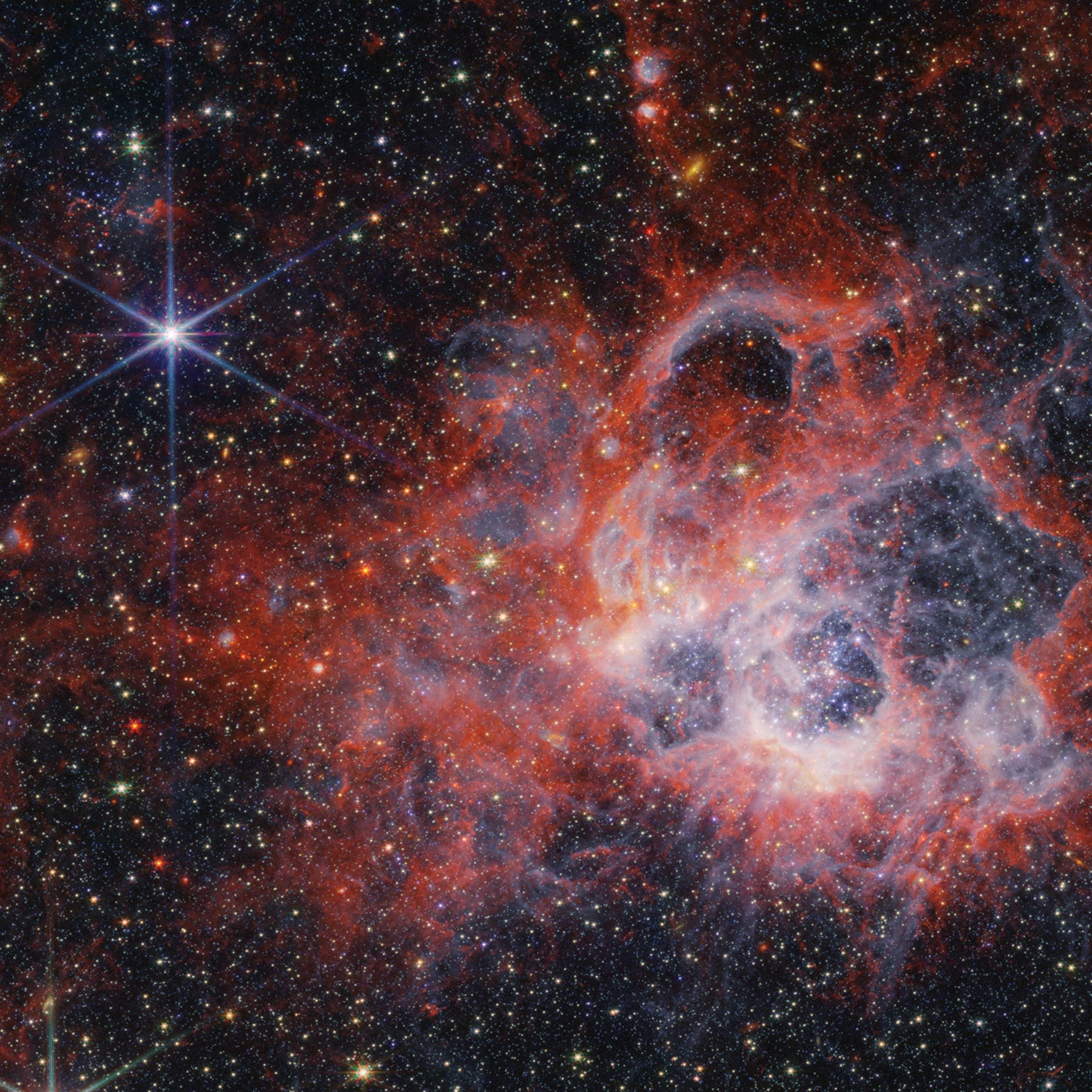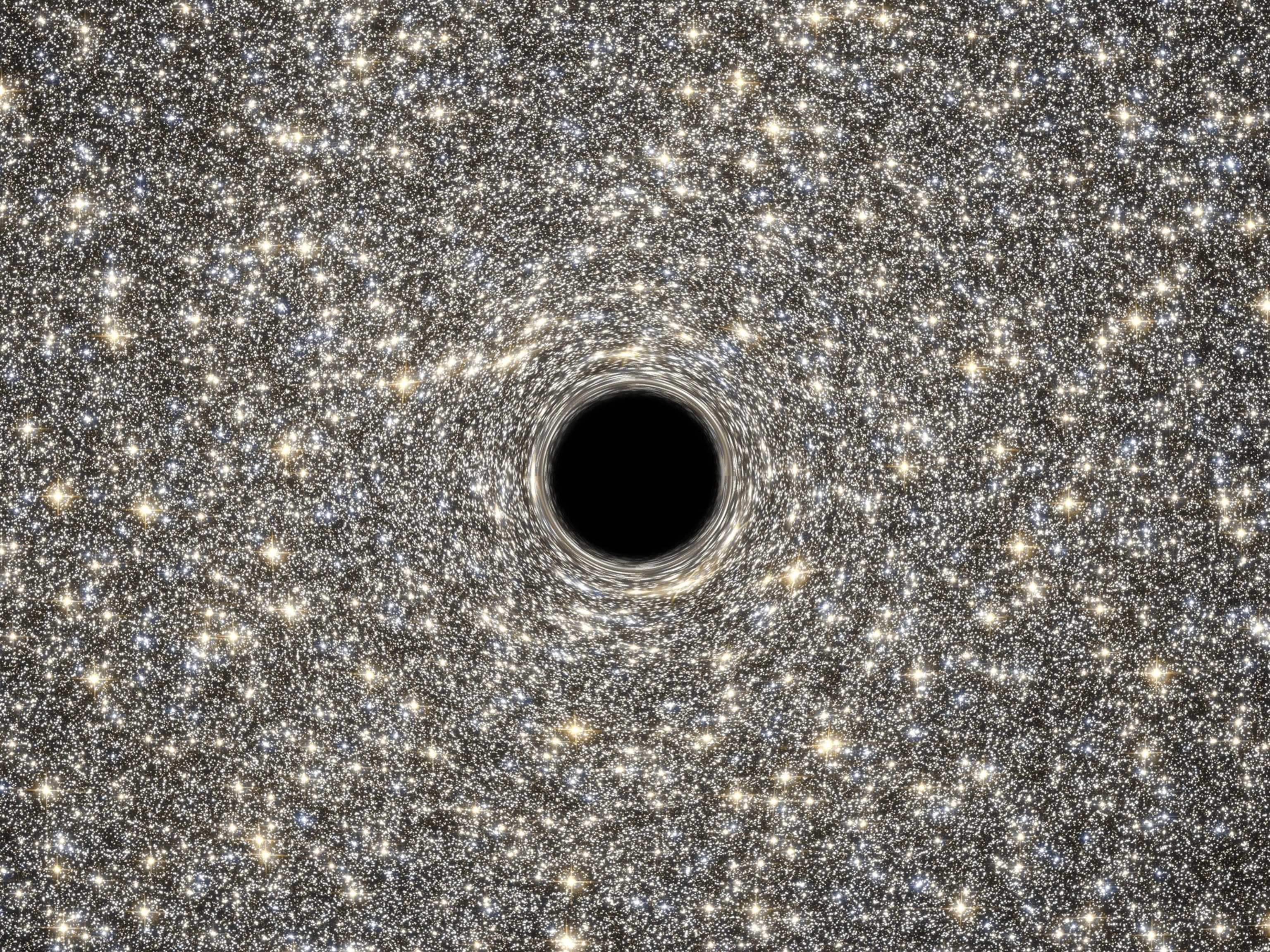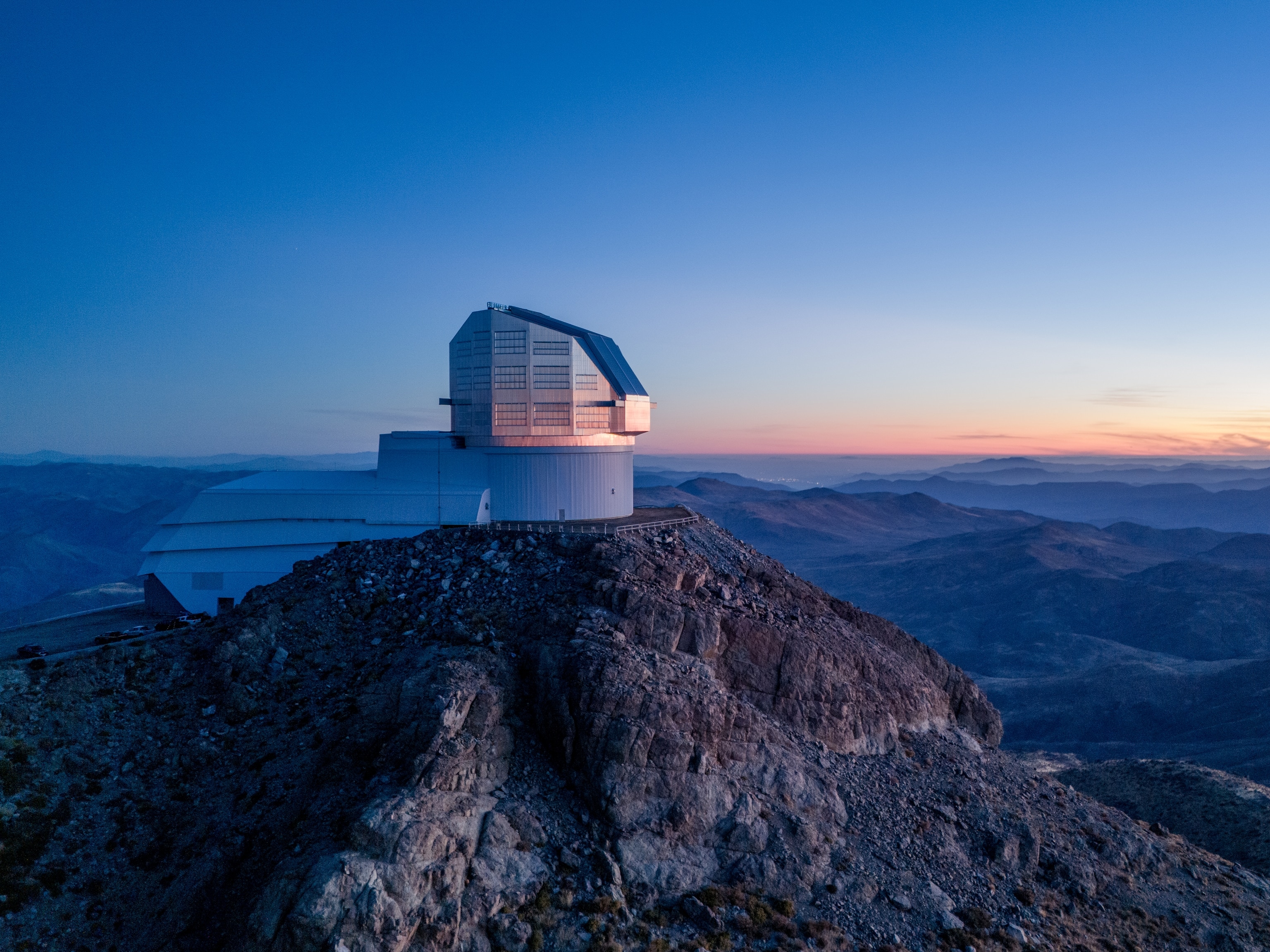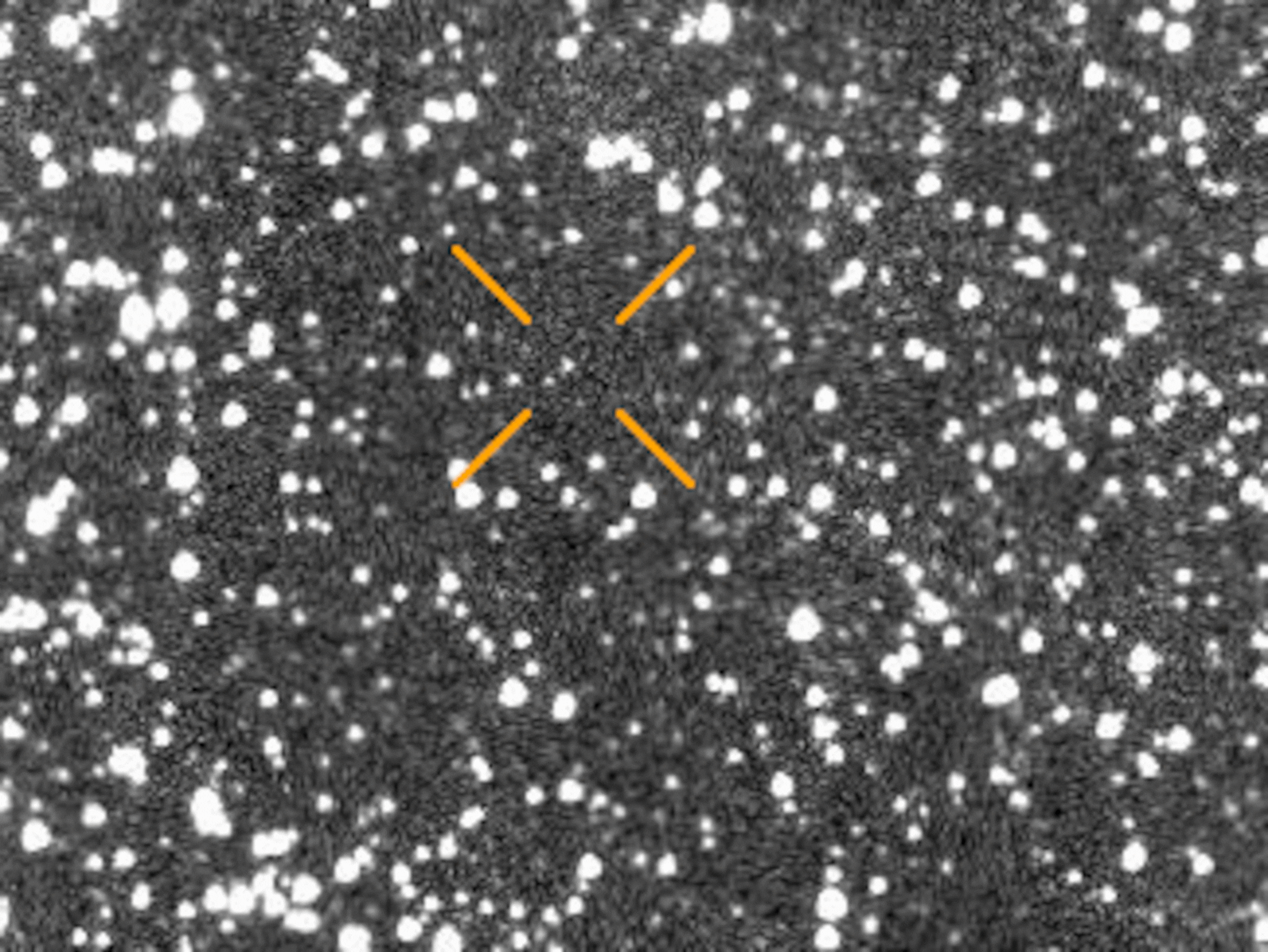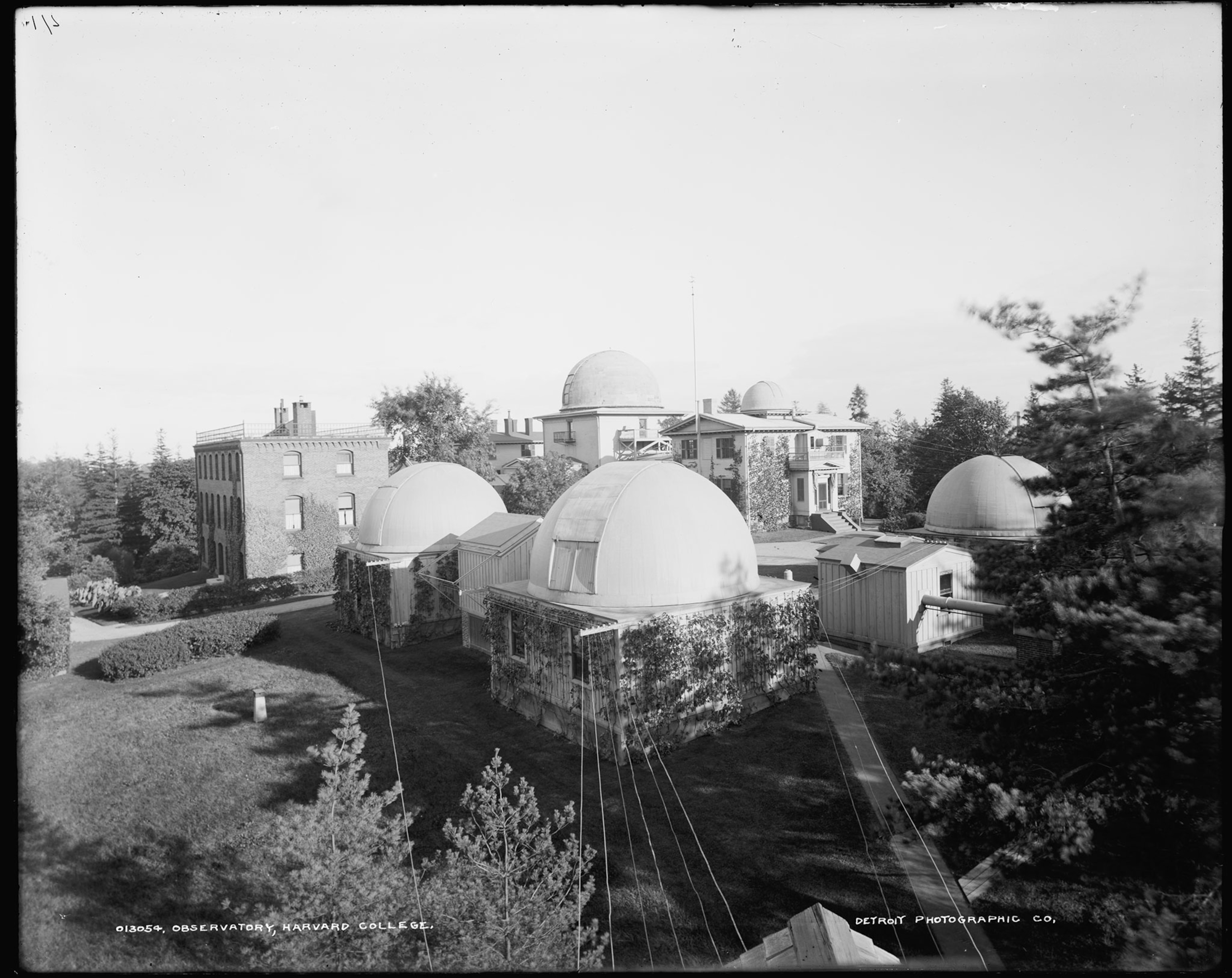
Star-Gazing Women Made Trail-Blazing Discoveries
Female astronomers broke the glass ceiling at the Harvard Observatory—and expanded our knowledge of the universe.
The roll call of great astronomers, from Copernicus to Hubble, has been dominated by men. But at the end of the 19th century, a group of women working at the Harvard College Observatory made some of the most important breakthroughs in our understanding of the cosmos. In The Glass Universe: How the Ladies of the Harvard Observatory Took the Measure of the Stars, Dava Sobel, bestselling author of books about Copernicus and Galileo’s daughter, shows how these women made their discoveries—despite discrimination, prejudice, and unequal pay.
Speaking from her home in East Hampton, New York, the author explains the improprieties of operating a telescope at night, how a maid became the first woman to hold a title at Harvard, and why women who excel in math and science are nothing new.
Tell us about the glass universe—is this the ultimate glass ceiling or something else altogether?
[Laughs] It’s both. It’s about women and astronomy and also about a unique collection of half a million photographs on glass plates that are stored in the Harvard College Observatory. Women are traditionally underrepresented in science, so it’s interesting to look back to the 1870s to 1890s and find that as many as 20 women at a time were working at the Harvard Observatory.
You don’t think of Harvard as a place that’s particularly friendly to women, especially then. The observatory was a wholly disowned subsidiary and made their own rules and went their own way. The director, Edward Pickering, was very much in favor of higher education for women and for giving women a chance if they were interested in doing astronomical work. There had been a tradition of women working in the observatory, but the earliest were family members of the astronomers, the resident observers. By Pickering’s time, women he hired were reporting for seven hours a day, six days a week, and had no family connection to the place. They were just capable and interested.
Were they the ones that took the pictures?
No. At the beginning, there was a real separation of duties. The men would operate the telescopes partly because of propriety. You couldn’t have the women in there with the men, up all night. [Laughs] But by 1896, that changed with women coming in from college-level programs in astronomy, who had learned to observe. The first woman to use the telescopes was Annie Jump Cannon in 1896.
You open your book with a dinner party at the home of Henry Draper and his wife, Anna Palmer Draper. Set the scene for us and tell us about this extraordinary couple.
They were glitterati of the 1880s. Henry Draper was a physician, but he was also a serious amateur astronomer who built his own telescopes. Most of the professional astronomers were studying star positions for navigation, but he was free to be a pioneer in the new science of spectroscopy, which meant splitting up the stars’ light with a prism so you could look at the patterns of light. The patterns held clues to all sort of things. What were the stars made of? What was their temperature? How did they generate light? Nobody knew any of these things yet, so it was a very exciting time: the dawn of modern astrophysics.
When the Academy of Science met in New York, the Drapers had all their favorite scientists, 40 people, over to dinner. Dr. Draper had just arranged his affairs so he could quit teaching medicine at New York University and devote himself full time to his astronomy project. He had trained his wife to be his assistant. That night he fell very sick. He’d recently been camping and suffered cold and exposure. Within a few days, he died.

So there was his wife, ready to use her family fortune to support this project, but the head of it and her love was gone. For a while she thought she could do it herself if she had a few assistants. Pickering tried to find people for her, but in the end it turned out that the best path was for her to give the money to Harvard and do the work as a memorial to her husband.
It became known as the Henry Draper Memorial. It involved photographing the sky through the night, all night, in both hemispheres, and wound up lasting for a hundred years. This is the glass universe.
The series Cosmos on National Geographic Channel has brought attention to the female scientists you write about—tell us how women ended up at the Harvard Observatory before they even had the right to vote.
I was very happy to see Neil Tyson include the women in the remake of the Cosmos series. That has generated a lot of interest among young people in this period of astronomy research and women’s role in it.
Pickering took over the observatory as a young man, only 30. He found several women already working there. Some were family members of the observers, but there was already one who had been hired from outside at the suggestion of the college president, and Pickering thought it fine to bring in more. Of course, women were cheaper. They still are! [Laughs] So, some things still could use a little change.

Annie Jump Cannon is a marvelously feisty character. Tell us about her and how she ended up in Peru.
Annie Jump Cannon was the daughter of a statesman and banker from Delaware, who sent her to college at Wellesley in Massachusetts. She was very interested in astronomy and took some advanced work at Wellesley by assisting the head of the observatory there. When she showed a lot of ability and promise, thanks to the Wellesley-Harvard connection, she went on to Radcliffe for graduate work and got a job at the observatory.
Catherine Wolfe Bruce, a wealthy woman with an interest in astronomy, wrote Pickering a check for $50,000 so he could build a large photographic telescope and install it in a southern observatory Harvard founded in Peru, near a town called Arequipa. When Miss Cannon was close to 60 years old, she finally got a chance to go down there to photograph. This involved climbing up and down ladders, moving heavy equipment, being up all night, and spending the days horseback riding or walking the five miles into the village and back. Her energy came from her enjoyment of her work.
The women at the observatory used fly spankers, which sound like something from 50 Shades of Grey. What is a fly spanker and how is it used?
[Laughs] It’s a little aid to identification: a small glass plate maybe one-by-three inches. On it are images of stars of different brightness. So if you’re looking at a photograph with 50,000 stars on it—not 50 shades of gray—and you want to be able to assess the brightness of the stars, it helps to have one of these handy little gizmos. It had a wire frame around it and a handle, so it looked just like a flyswatter! The joke was that it wasn’t a flyswatter; it was a fly spanker because it was so small it wouldn’t do a fly much damage.
Scottish-born Williamina Paton Stevens Fleming had a difficult journey in life until she got to the observatory. Tell us a bit about her—and the challenges she faced.
She was a Scottish schoolteacher who married young and immigrated to the U.S., where she found herself without her husband and pregnant. She applied for a job at the observatory as a maid, but it soon became clear that she was highly intelligent. So Pickering put her to work in the observatory doing copying work and learning how to do calculations because she had a facility with mathematics. She was so grateful that when she went home to Scotland to have her baby she named it Edward Charles Pickering Fleming.
Pickering welcomed her back and gave her a full-time job. As soon as the photographic project was rolling, he put her in charge of analyzing the photographs and setting up the first classifications system, which was later expanded and improved upon by Annie Cannon. But Williamina Fleming was the first one to do it. Pickering published her catalogue of 10,000 stars, gave her complete credit, and she went on to be the first woman to hold a title at Harvard University: Curator of the Astro-Photographic Collection.
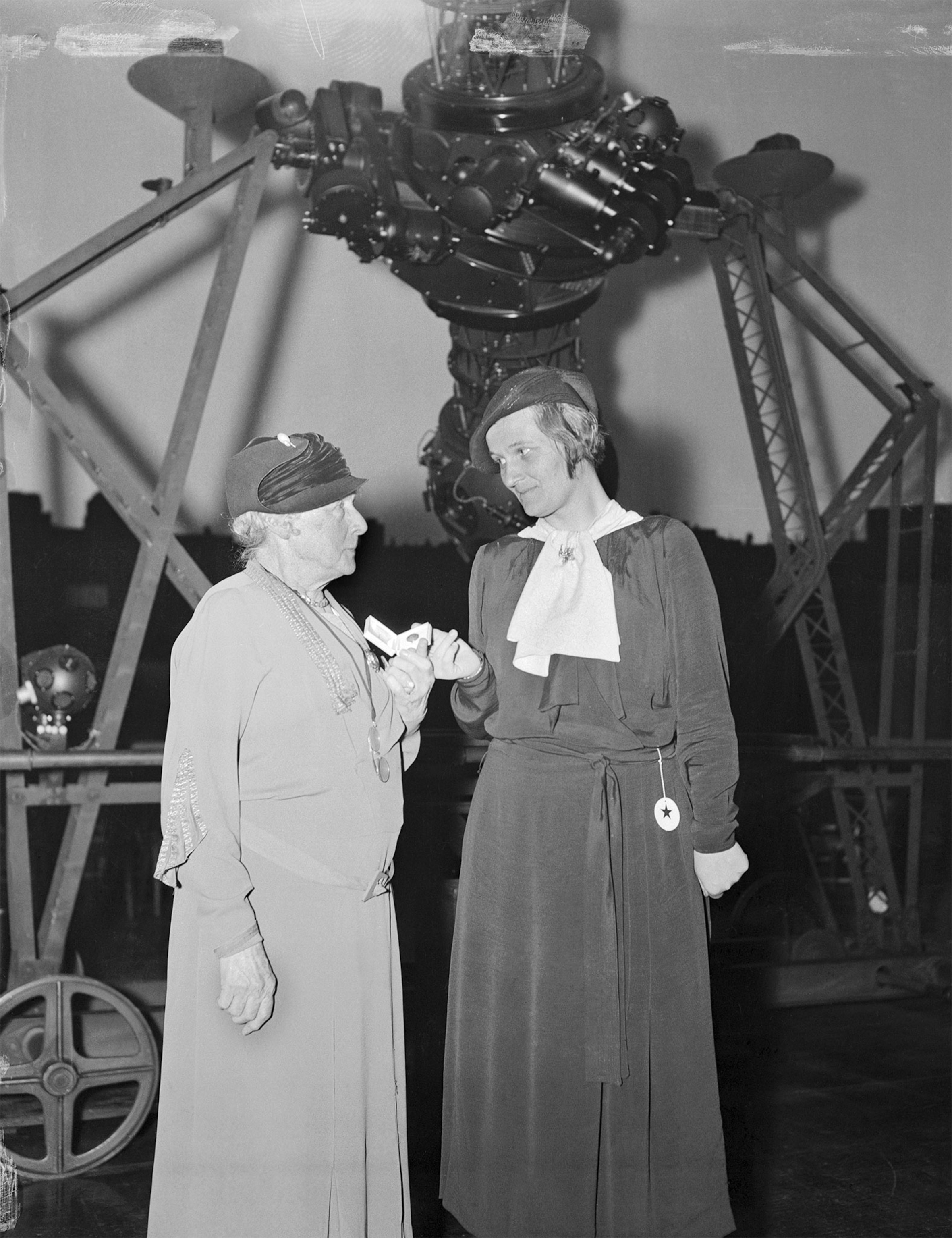
Did the women of the observatory have husbands and families? Were they allowed to work after they got married?
In the beginning, that was just not done. The feeling about higher education at the time was that it actually damaged women and made them unfit for childbirth. Pickering was out to show that was ridiculous. But if you got married, you left. In fact, Mrs. Fleming took over for a young woman who’d been working in the observatory and decided to marry. The whole attitude about women working was different.
That didn’t change until about the 1920s to 1930s. At that time most of the women already working at the observatory had married other astronomers, so it wasn’t so strange that everyone kept working. But the majority remained unmarried at the observatory for 40 to 50 years.
I was moved by the story of the Gaposchkin family during the 1940s—tell us about the observatory during World War II and the family's patriotic efforts.
Cecelia Payne was the first person to earn a doctoral degree in astronomy at Harvard because of Pickering and the fellowship money that was available for women. She stayed on, first as a postdoctoral fellow and then as an observer in the observatory. On her travels in Europe, she met a Russian astronomer, Segey Gaposchkin, who was living in Germany but had lost his job because he was under suspicion of being a Soviet spy. And he couldn’t go to his homeland, Russia, because the Russians thought he was a German spy. He begged her to help him get to America, and she did. She was British and had become an American citizen. So in 1934 they got married and by the time of World War II, he was also an American citizen.
The Payne-Gaposchkins often collaborated on projects at the observatory. They also had a farm with eggs, chickens, and meat that they delivered to the local market with a horse and buggy because of gasoline restrictions. They had three children themselves but were doing everything they could to support the war effort. They even took in a Japanese family at a time when, on the West Coast, Japanese people were being put in internment camps.
There was a global, inclusive attitude that pervaded the observatory. Astronomy has always been an international subject. You always needed people scattered around the world so that things could be observed at all hours and from all possible latitudes and longitudes. It’s always been a field that brought people from different cultures together.
What is the legacy of these women and how do you hope it can inspire young women today?
These women astronomers made great discoveries. Annie Cannon’s stellar classification, which is called the Henry Draper Catalogue, is still used today. Perhaps even more significant is the work of Henrietta Leavitt. Her discovery, the Period Luminosity Relation, was a means for measuring distances and was fundamental in determining the size of our galaxy and the fact that our galaxy is just one among many in the universe. All of those things are based on her discoveries. Astronomers have voted to change the name to the Levitt Law.
I hope this book will inspire young women and show that it’s nothing new. There have always been women who were good at math and science and there’s no shame in it! In fact, it can be a most rewarding kind of life.
This interview was edited for length and clarity.
Simon Worrall curates Book Talk. Follow him on Twitter or at simonworrallauthor.com.

